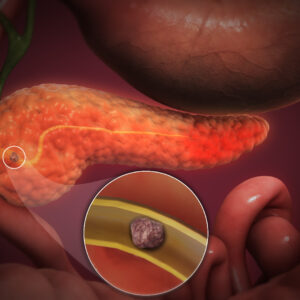Surgery for Gastric Cancer
Price range: ₹1,000.00 through ₹1,600.00
Learn Surgery for stomach cancer along with different associated procedures through our scientifically proven stepwise program. You can acquire this skill anywhere, anytime, without quitting your job and daily life.
Please read the Requirements and Commitments of each level before making a purchase. Ensure you meet the eligibility criteria to receive the product/service.
Description
Surgery is a crucial component of the treatment of gastric (stomach) cancer, and various surgical approaches can be employed based on the stage of the cancer and the patient’s overall health. Here’s an overview of some common surgical procedures for gastric cancer:
- Total Gastrectomy: In this surgery, the entire stomach is removed. This procedure is typically performed for advanced-stage gastric cancers or when the tumor involves the entire stomach. After the stomach is removed, the surgeon will connect the esophagus to the small intestine to allow for digestion to continue.
- Subtotal or Partial Gastrectomy: These procedures involve the removal of a portion of the stomach, depending on the location and extent of the tumor. There are two main types:
- Distal Gastrectomy: The lower portion of the stomach is removed. The surgeon then reconnects the remaining stomach to the small intestine.
- Proximal Gastrectomy: The upper part of the stomach is removed, often used when the cancer is located near the junction of the esophagus and stomach. The remaining stomach is then reconnected to the esophagus.
- Lymphadenectomy: Lymph nodes in the abdomen are removed during surgery to determine if cancer has spread to these nearby lymph nodes. The extent of lymph node removal depends on the stage of the cancer and is crucial for accurate staging and treatment planning.
- Gastrojejunostomy or Esophagojejunostomy: After a total gastrectomy, the surgeon creates a connection between the remaining part of the stomach or the esophagus and the small intestine. This is done to allow for the passage of food and digestive juices into the intestines.
- Minimally Invasive Surgery (Laparoscopic or Robot-assisted Surgery): Some surgeons use minimally invasive techniques, such as laparoscopy or robot-assisted surgery, to perform gastrectomy. These approaches involve making small incisions and using specialized instruments and a camera for visualization. Minimally invasive surgery can result in shorter hospital stays and quicker recovery for some patients.
- Palliative Surgery: In cases where the cancer is advanced and cannot be completely removed, palliative surgery may be performed to relieve symptoms and improve the patient’s quality of life. This may involve bypassing a blocked portion of the stomach or intestines to alleviate obstruction or controlling bleeding.
- Endoscopic Resection: For early-stage gastric cancers or precancerous lesions, endoscopic resection may be an option. It involves the removal of the tumor using an endoscope, without the need for open surgery. There are different types of endoscopic resections, such as endoscopic mucosal resection (EMR) and endoscopic submucosal dissection (ESD).
- Hyperthermic Intraperitoneal Chemotherapy (HIPEC) with Peritonectomy: In cases where cancer has spread to the peritoneum (the lining of the abdominal cavity), surgeons may perform a peritonectomy to remove cancerous tissue. HIPEC involves delivering heated chemotherapy directly to the abdominal cavity during surgery to target any remaining cancer cells.
The choice of surgical procedure depends on several factors, including the stage of the cancer, the location of the tumor, the patient’s overall health, and the surgeon’s expertise. Multidisciplinary teams, including surgeons, oncologists, and pathologists, work together to develop the most appropriate treatment plan for each individual patient.
It’s important to note that gastric cancer surgery is a complex and highly specialized field, and surgeons need extensive training and experience to perform these procedures effectively. Additionally, advances in surgical techniques and technology continue to evolve, requiring surgeons to stay updated on the latest developments in the field.
Additional information
| Levels | Level-1, Level-2, Level-3 |
|---|
General Inquiries
There are no inquiries yet.







